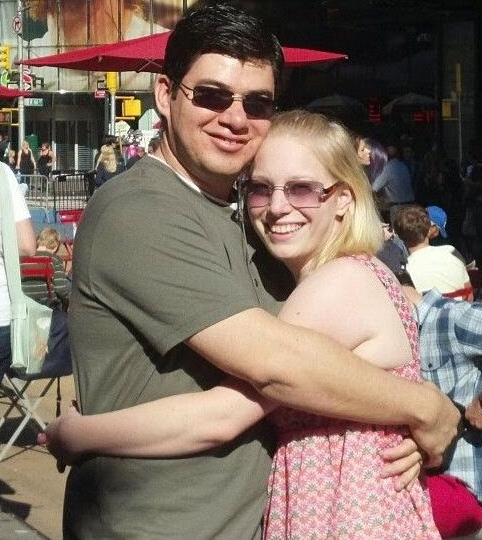The HCMA participated in an American Heart Association summit of more than 40 health care professionals to bridge gaps in awareness, detection, and appropriate treatment of cardiac implantable electronic device (CIED) infections.
As many as one in 20 patients with a CIED, such as a pacemaker or implantable defibrillator, develops an infection within three years of implantation. Despite current guidelines, only one in five patients with a CIED infection undergoes timely extraction – the most appropriate treatment option. Early extraction is associated with a 41% lower risk of death. Female and Black patients are even less likely to undergo this lifesaving procedure.
During the summit, participants – including clinicians and patient advocates – shared insights to inform educational webinars and podcasts that will be promoted and disseminated across the American Heart Association’s extensive health care professional network. The multidisciplinary group also recommended:
- development of patient and referring physician tools to drive earlier diagnosis,
- creation of a care pathway and structures to support safe extraction, and
- the launch of patient awareness and education campaign.
“To treat CIED infections well, you need a broad-based, interdisciplinary approach to gather and leverage the available experts,” said Dr. Bruce Wilkoff, MD, planning group chairperson of the Association’s CIED initiative and director of cardiac pacing and tachyarrhythmia devices at Cleveland Clinic. “The American Heart Association is the perfect organization to get the message out. We can improve awareness, detection, and treatment of CIED infections if we all work together.”
The Hypertrophic Cardiomyopathy Association recognizes the importance of monitoring patient health, especially post-implantation, and being alert to the potential for infection.
Learn more about this effort to drive evidence-based, equitable CIED infection care and sign up to receive the summit report and access related educational resources at www.heart.org/treat2beatciedinfection.
The post Cardiac implantable device infections appeared first on Hypertrophic Cardiomyopathy Association.
HCMA Blog


 Translate
Translate
